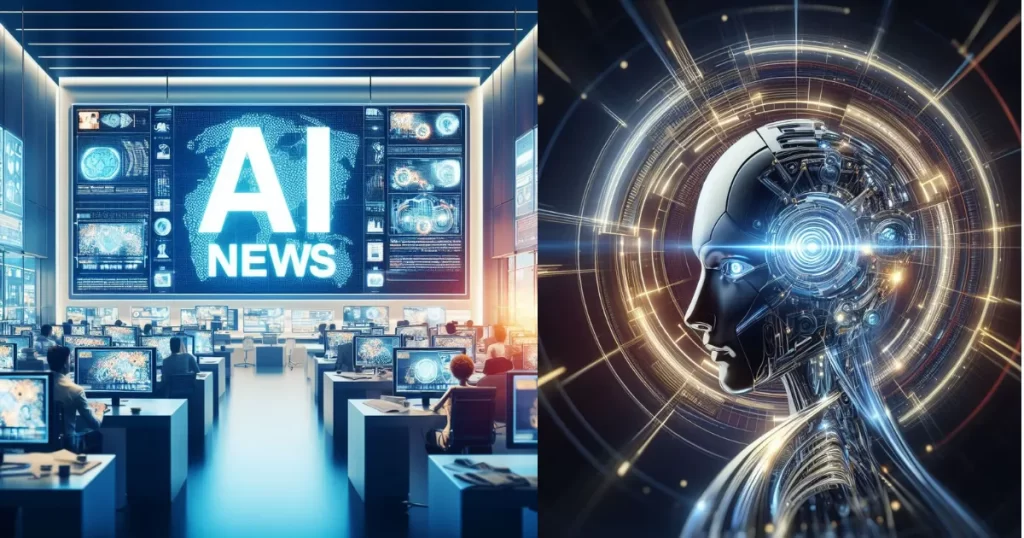Since the debut of ChatGPT for corporations in March 2023, organizations in a variety of industries have been keen to leverage the possibilities of generative AI (gen AI). However, many businesses struggle to produce substantial outcomes because their efforts lack structure and a defined direction. Rather of simply giving staff access to gen AI tools and hoping for the best, firms may use a structured framework known as the Generative AI Value-Creation Pyramid to methodically harness their revolutionary potential.
This pyramid depicts four stages of maturity: individual improvement, collective intelligence, transformation and growth, and visionary innovation. Each phase builds on the prior one, assisting businesses in transitioning from incremental productivity improvements to game-changing breakthroughs.
Individual Improvements
At the pyramid’s base, the emphasis is on increasing individual production. Gen AI technologies may improve performance in a variety of positions, including customer service representatives, software developers, and data scientists. According to research, AI adoption has dramatically boosted work efficiency—reducing customer care response times by 34% and enhancing software development productivity by 26%.
While these productivity gains are significant, their enterprise-wide impact is frequently limited. Without a larger plan, gen AI’s potential is underused, resulting in firms simply keeping up with their competition rather than obtaining an advantage.
Collective Intelligence
The next level promotes collaboration. Effective teamwork requires a shared knowledge of duties and goals. Gen AI can help by breaking down communication barriers, decreasing prejudices, and clarifying responsibilities.
For example, following a merger, an insurance business employed Gen AI to optimize processes by clarifying expectations among new stakeholders. This strategy decreased inefficiencies and increased team productivity. Treating AI as an active team member can revolutionize how groups collaborate, resulting in deeper cooperation and greater results.
Transformation and Growth
Organizations at this stage reimagine their processes in order to generate new sources of value. Gen AI may transform basic workflows, as seen by its usage in healthcare. For example, the Cleveland Clinic uses AI to cut paperwork time, allowing clinicians to focus on patient care.
However, deploying AI to do mission-critical activities necessitates ethical oversight and strong protections. Successful transformation requires combining creativity and responsibility, as well as fostering secure environments for teams to experiment and challenge established ways.
Visionary Innovation
At the summit of the pyramid, corporations use artificial intelligence to create totally new goods, services, and business models. This phase brings about major change, such as boosting research and development or redefining consumer involvement.
One example is a billion-dollar distributor that uses Gen AI to create a variety of client profiles. This helped them identify blind spots in their marketing strategy, resulting in fresh ideas for increasing client interactions.
While the opportunities are limitless, businesses must handle issues such as diminished work satisfaction owing to limited inventiveness. Investing in human talents while integrating AI guarantees that innovation stays relevant and gratifying.
Putting the Pyramid in Practice
The authors provide a realistic, three-step strategy for implementing the pyramid:
Discovery (60 minutes): Identify possibilities to use Gen AI at all pyramid levels.
Prioritization (30 minutes): Determine the feasibility and possible effect of each use case.
Prototyping (90 minutes): Create basic, implementable prototypes that illustrate transformational value.
Organizations may move from fundamental efficiency improvements to long-term AI-driven innovation by following these stages in order.
Conclusion
The true strength of Gen AI rests in its capacity to enhance human creativity and cooperation. Sustainable success involves more than just using cutting-edge technology; it also demands empowering people to utilize AI to solve relevant challenges and give value to stakeholders.
For more insights, read the original article by Todd McLees, Nicole Radziwill, and Greg Satell on Harvard Business Review. You can checkout the full article here.

I’m Voss Xolani, and I’m deeply passionate about exploring AI software and tools. From cutting-edge machine learning platforms to powerful automation systems, I’m always on the lookout for the latest innovations that push the boundaries of what AI can do. I love experimenting with new AI tools, discovering how they can improve efficiency and open up new possibilities. With a keen eye for software that’s shaping the future, I’m excited to share with you the tools that are transforming industries and everyday life.

